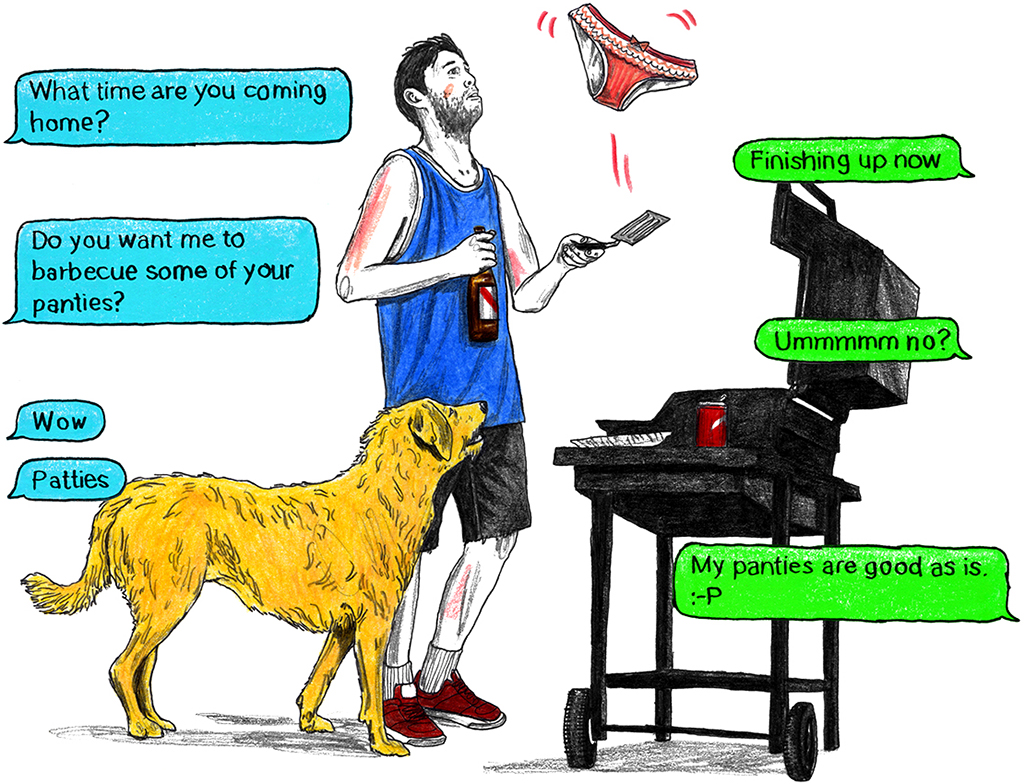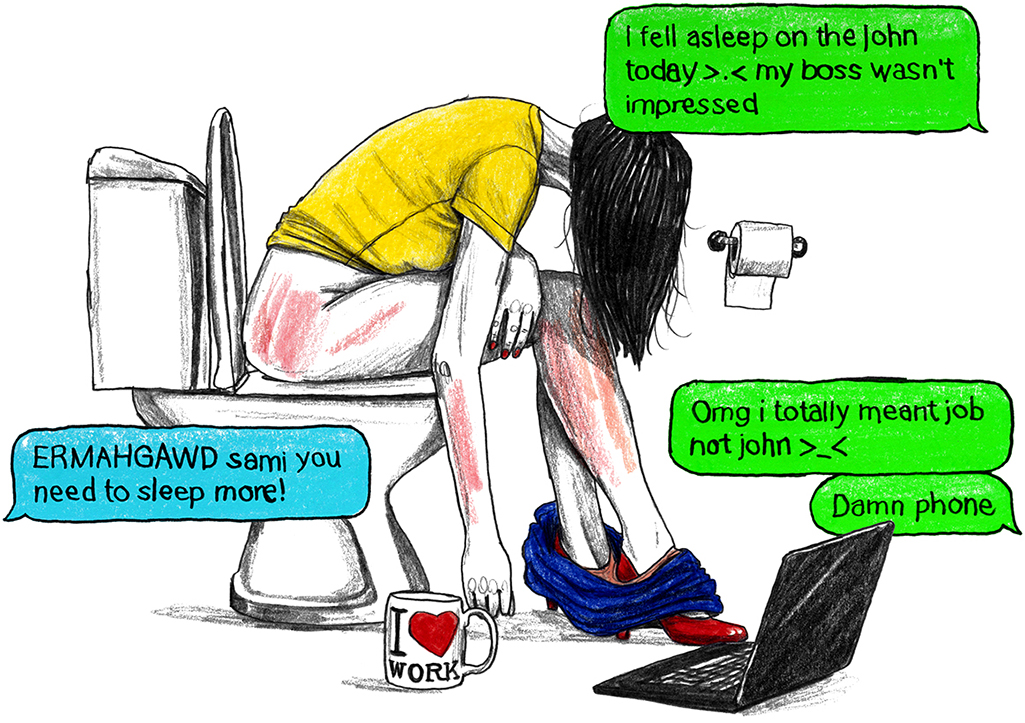Today the autocorrect function is taken for granted. It is present in every mobile phone, tablet, computer and other devices and no one even questions that. In fact, it is definitely a must-have considering the modern pace of life and the circumstances of typing some texts. People type always and everywhere, so they can simply put their finger on the wrong letter. However, it is not the only reason for the usefulness of autocorrect. It is also very likely that some people do not know how to spell some words, and this is a vicious cycle: autocorrect helps people to write correctly so people do not see the point of learning the spelling and rely on the software more and more. This is a real phenomenon in today’s world so let’s find out more about it.

A Bit of History
The name to be known here is Dean Hachamovitch, who worked in the Word department of Microsoft. He is the person to have realized that the glossary that Word has can be used to correct typing mistakes. As a signal for corrections, he first used the F3 button and left arrow but later he changed that to the spacebar since this is the button to use after every word. At its early stages, the autocorrect software was programmed to correct the most common spelling mistakes and the caps lock misuse but there were still a lot of complex and ambiguous situations which had to be solved manually. Today the autocorrect can notice homonymic phrases, like “their was” and “there was”, change abbreviations to the full phrases, and it can even be “contextual”, in other words, it realizes the language you use with some people and offer certain words. Nevertheless, there are still many wrong corrections and tons of bad and funny examples of that.
“Damn You Autocorrect”
Every person who has a modern gadget has definitely encountered a situation when their message contained a wrong auto-correction. Sometimes it is obvious or non-essential but there are also many ridiculous cases. Specifically for such cases, there was created a website “Damn You Autocorrect”. Everyone could add their embarrassing examples to that website but now it is out of use, unfortunately. However, we can still use the software for fun, just like Dean Hachamovitch did when he programmed his boss’s computer to change his name “Dean” to his colleague’s name “Mike” and vice versa.
There also was an interesting situation with the curse words. Microsoft couldn’t offer its users the correct versions of curses due to obvious moral reasons so a solution was found. Wrongly spelled obscenities are underlined as incorrect but no replacing options are suggested.

Consequences
Personally, as a linguist, I am seriously concerned about people having autocorrect everywhere. In my opinion, it kills literacy, especially among modern children. It is not necessary anymore to remember the right spelling because your phone knows it. Sometimes it is really useful with difficult words and I usually pay attention if I have mistaken and try to remember it but not everybody does that. So, unfortunately, it is an endless circle: the more people use autocorrect, the more they need it.
In general, the introduction of autocorrect has definitely enhanced and simplified written communication on technological devices and it is a great step forward but the possible consequences are not promising and a bit frustrating for me.


I think autocorrect is indeed a pretty two sides subject. On one hand, it makes writing more accessible to everyone. On the other hand, I could just not write accessible without autocorrect.
Personally, I think you could also use autocorrect as a way to learn grammar/spelling. The way I usually use it is by first typing my entire piece, and only then putting on autocorrect. This gives me the opportunity to calmly analyze my mistakes (instead of looking over them as autocorrect instantly changes everyone). (I usually do this with Grammarly, which kinda is an autocorrect site in a way).
I think the main reason I, and many people, use autocorrect on the phone is just plain laziness though. I just don’t feel like going back into the message and rewriting all those things I missed. My main struggle is that I switch between English and Dutch a lot, which my autocorrect does not notice in time….
Although I’ve mentioned this before last class, I wanted to add to my prev. throught- I started teaching my friend Russian this Friday and thought about how much easier autocorrect makes it to grasp Cyrillic and grammar (despite sometimes guessing the expression/word wrong sometimes). Autocorrect could indeed encourage laziness but I also think that it’s just become part of our fast-paced life and schedule; we expect things to work faster, to happen quicker, hence making us less patient with ourselves and our writing. Loved the article 🙂
very interesting article! one more thing is that autocorrect is pretty interesting when it comes to typing in different languages. i personally have 2 keyboards i frequently use and sometimes i dont notice which one i have on. it can lead to some very confusing messages as the english keyboard tries to make sense of the polish words im trying to type. not very on topic of your work but it made me think of this experience. 😉